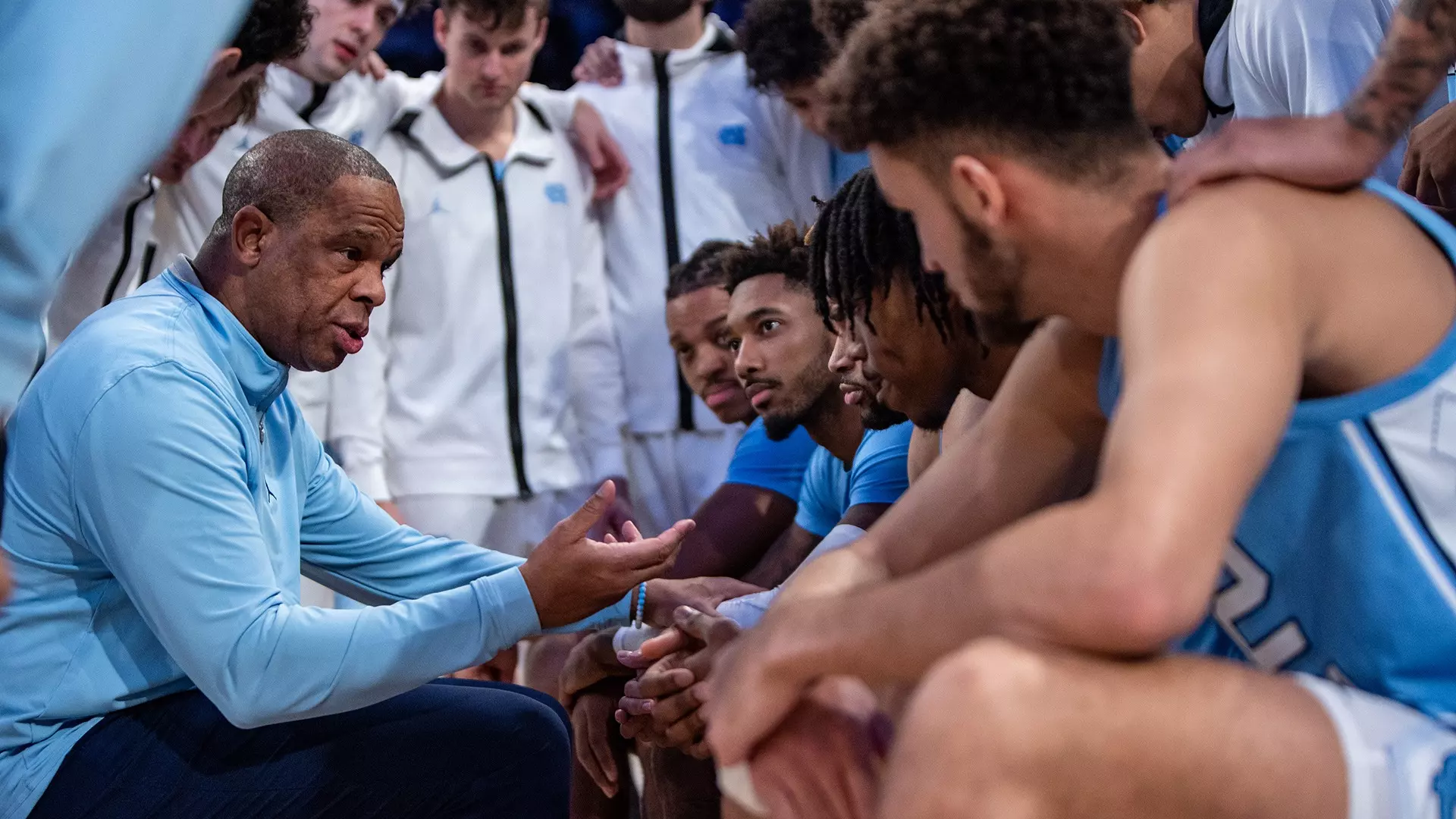NBA Contracts Made Simple: A Introductory Guide
After the crazy trading deadline, we thought break down the complex world of NBA contracts into simple terms, using real examples to help you understand how it all works!
The Basics: Salary Cap
Think of the salary cap like a spending limit for teams. It’s like having a budget for your monthly expenses, but for NBA teams paying their players.
For the 2023-24 season:
- Salary Cap: $136 million
- This means teams should generally stay under this amount when paying all their players
- But there are special exceptions (like going over your budget for emergencies!)
Understanding Draft Picks
Regular Draft Picks
- Every year, teams get to pick new players (like choosing new teammates for a pickup game)
- Teams pick in order, usually worst team picks first (to help them improve)
- Each team typically gets one pick in each of the two rounds
Protected Picks
Imagine lending your favorite basketball to a friend, but only if they promise not to use it in the rain. That’s similar to how protected picks work!
Example: Let’s say the Knicks trade a “Top-10 Protected” pick to the Bulls:
- If the pick ends up being one of the first 10 picks → Knicks keep it
- If it’s pick 11 or later → Bulls get it
- This protects teams from giving away very valuable high draft picks
Pick Swaps
- Like trading lunch with a friend, but you get to see what they brought first
- Teams can agree to swap their draft positions if one ends up better
- Example: “I’ll trade lunches with you, but only if yours is better than mine!”
Player Contracts: The Different Types
Rookie Contracts
- For players just entering the NBA
- Usually 4 years long
- Salary is preset based on when they were drafted
- Example: Victor Wembanyama (1st pick, 2023) gets about $12.1 million in his first year
Veteran Contracts
- For players who’ve been in the league
- Can be longer and worth more money
- More flexible with salary amounts
Two-Way Contracts
- Like having a part-time job at two places
- Players split time between NBA team and G-League (minor league)
- Perfect for developing young players
- They can play up to 50 NBA games
The New “Second Apron” (Introduced 2023)
Think of this like a triple-layer cake (we love cake, teams hate the second apron) of spending limits:
- Regular Salary Cap (Bottom Layer)
- Luxury Tax (Middle Layer)
- Second Apron (Top Layer)
When teams spend above the second apron:
- They can’t sign certain free agents
- Trading becomes harder
- It’s like being grounded for spending too much allowance!
Real Example: The Golden State Warriors had to make tough decisions because they spent too much:
- Couldn’t sign some free agents they wanted
- Had to let some players go to save money
- Couldn’t make certain types of trades
Special Ways Teams Can Sign Players
Bird Rights
Named after Larry Bird (basketball legend), this rule lets teams keep their long-time players.
- If a player stays with a team for 3+ years
- Team can pay them more than usual
- Like a loyalty bonus at your favorite store!
Mid-Level Exception (MLE)
- A special pass to sign one good player even if you’re over the salary cap
- Like having a coupon for one free item, regardless of your budget
- Different types based on how much a team is already spending
Trade Rules Made Simple
Basic Trade Rules
- Salaries must be similar on both sides
- Can’t trade first-round picks in back-to-back years
- Both teams must follow salary cap rules
Example: If Team A trades a $10 million player:
- Must receive close to $10 million in return
- Can’t leave either team with too much salary
- Like trading Pokemon cards of similar value!
Trade Kickers
- Extra money a player gets if traded
- Like a consolation prize for having to move to a new city
- Players can choose to not take this money if they want the trade to happen
What This Means for Teams and Players
For Teams
- Must plan carefully how to spend money
- Need to think about future draft picks
- Have to be creative with trades and signings
- Like playing chess while managing a budget!
For Players
- Can earn more by staying with one team (Bird Rights)
- Might get extra money if traded (Trade Kicker)
- Different contract options based on experience
- Can choose between security (longer contracts) or flexibility (shorter contracts)
Fun Facts!
- The highest-paid player doesn’t always play for the best team
- Teams can pay their own players more than they can pay free agents
- Some players take less money to play for better teams
- Draft picks can be traded years in advance
Recent Changes to Know
Zero-Sum Contracts (New!)
- Special contracts where players can earn more by playing well
- Like having a base salary plus bonuses
- Helps teams manage their budget while giving players a chance to earn more
Veteran Extensions
- New rules make it easier to keep experienced players
- Teams can offer bigger raises in contract extensions
- Helps keep fan-favorite players with their teams longer
Real-World Example: Luka Dončić’s Contract Journey
Let’s see how many of these rules come together in one superstar’s case!
Luka’s Contract Timeline
- Rookie Contract (2018-2022)
- First-round pick (#3 overall)
- 4 years, started at about $6.6 million
- Team options for 3rd and 4th years (Mavericks obviously said yes!)
- Supermax Extension (2022-2027)
- Signed a 5-year, $207 million supermax extension
- Qualified for supermax by making All-NBA teams
- Uses Bird Rights (Mavericks could offer more than other teams)
- Has a player option for the last year (2026-27)
- This means Luka can choose to become a free agent in 2026 if he wants but now that he was traded to the Lakers he can’t sign a five-year super max. Will he be a free agent, let’s wait and see. We predict, yes.
- Future Possibilities
- He can play out his contract and become a free agent and test the market.
- Lakers can this summer sign him to a three year deal worth $165.3M then sign a max 5 year deal in 2028-2029 for $420M. Crazy.
- Player option gives him flexibility
Why This Matters:
- Shows how players can earn more by playing well (All-NBA teams = bigger contract)
- Demonstrates how Bird Rights help teams keep their stars
- Player option shows how stars can maintain control over their future
- Explains why teams want to draft well (got a superstar on a cheaper rookie deal first)
Remember: NBA contracts are complex even for experts! This guide covers the basics, but there are many more details and exceptions. The most important thing is understanding that everything revolves around:
- Managing team spending
- Giving teams ways to keep their players
- Helping worse teams get better
- Creating competitive balance in the league





